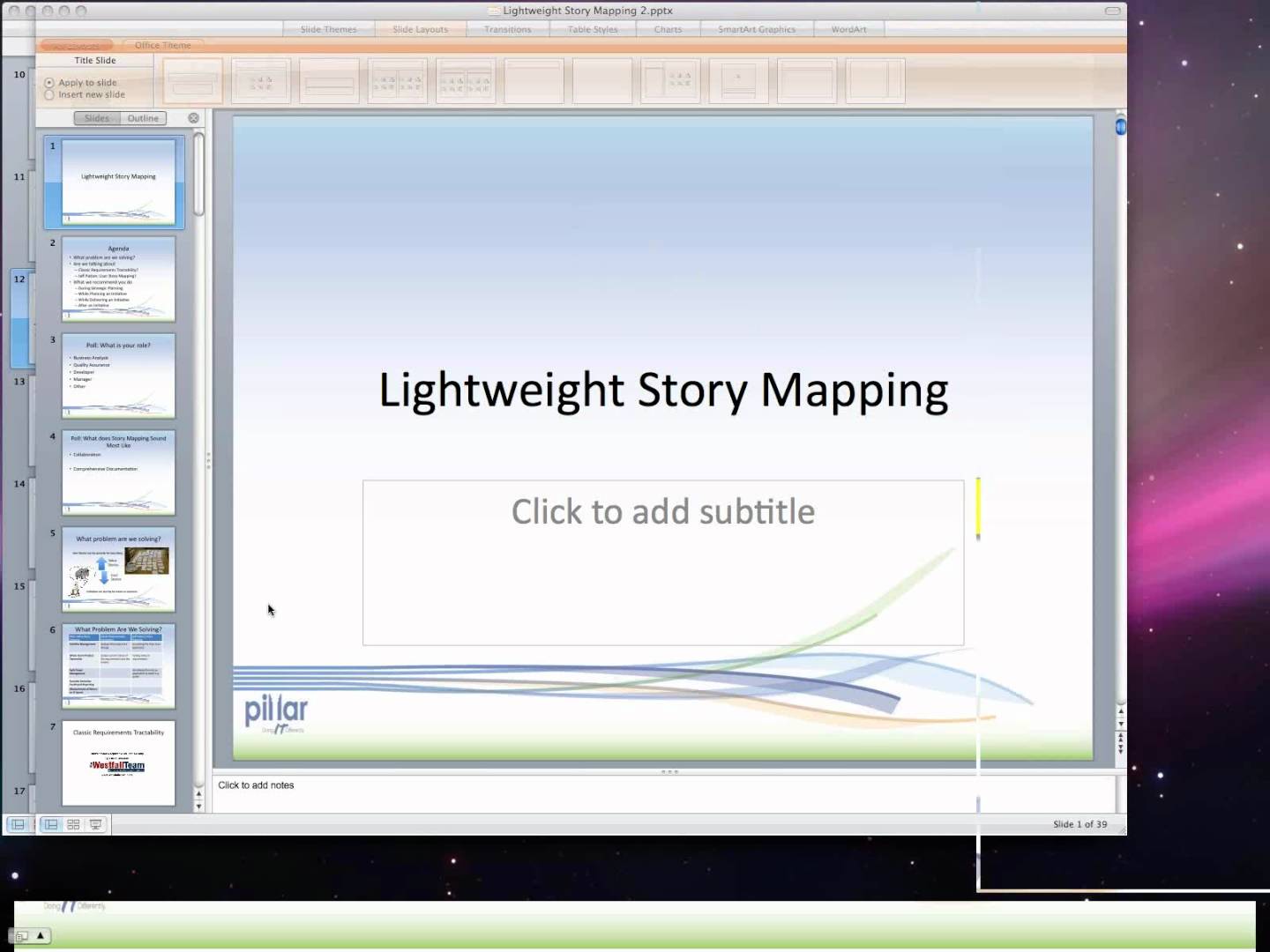What is a User Story?
In Scrum, the standard format of a user story is easy to understand: “As a [role] I want [something] so that I can [benefit].” However, there is more difficulties inside the project team to agree on what constitute the content of a user story. In this blog post, Steve Johnson explores this issue.





